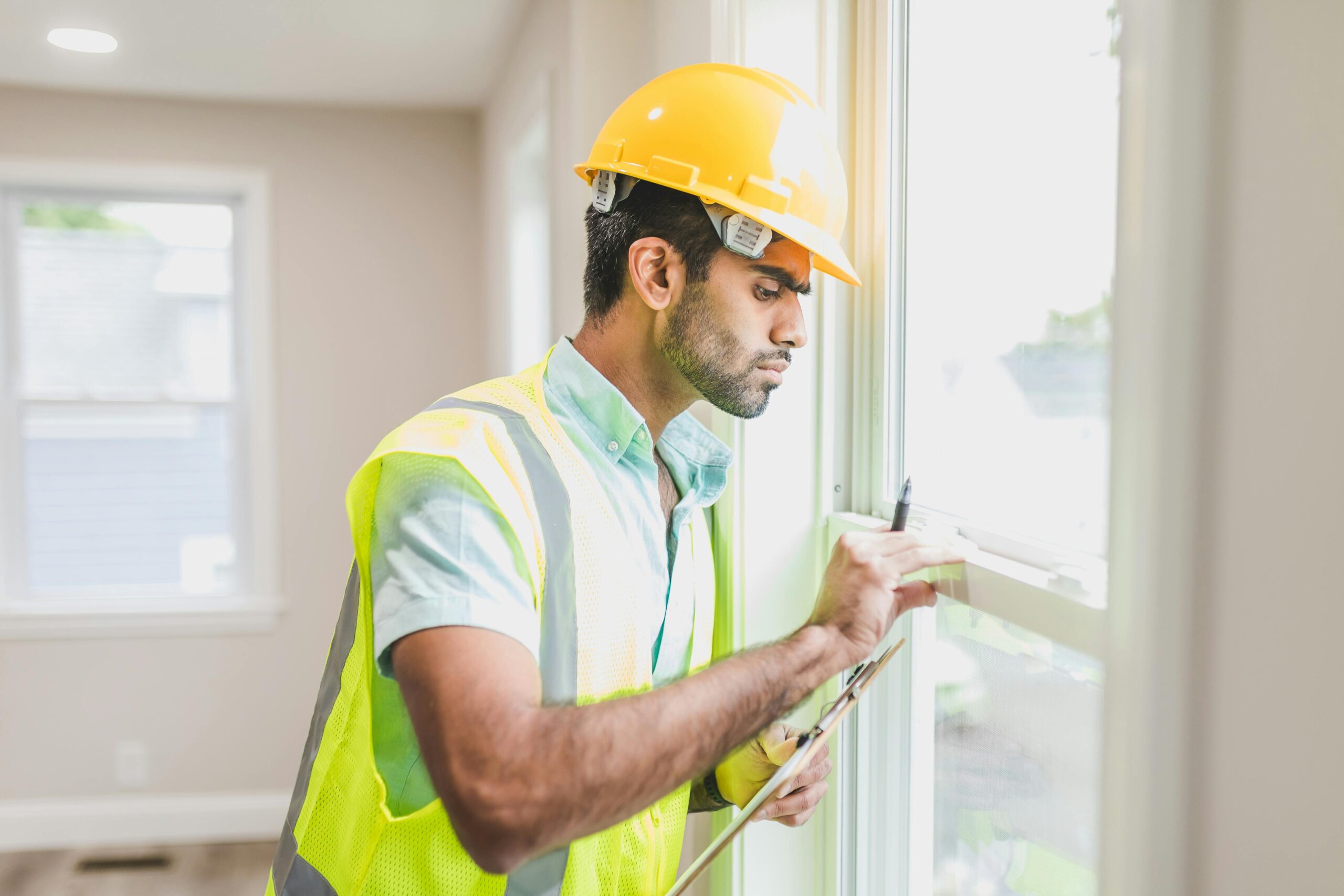
What To Look For When Inspecting A House
When you’re inspecting a home, whether with a professional inspector or doing a preliminary walkthrough yourself, it’s important to know what to look for. Here’s a breakdown of key areas:
1. Foundation
- Cracks: Look for cracks in the foundation walls, both inside and outside. Hairline cracks are common, but larger cracks can indicate structural problems.
- Settlement: Check for uneven floors, leaning walls, or doors that don’t close properly. These can be signs of foundation settlement.
- Water Damage: Look for signs of water intrusion, such as water stains, efflorescence (white powdery substance), or musty odors.
2. Roof
- Shingles: Check for missing, damaged, or curled shingles.
- Leaks: Look for water stains on the ceilings or in the attic.
- Gutters and Downspouts: Ensure they are clean and properly diverting water away from the foundation.
3. Exterior
- Siding: Check for damage, such as cracks, rot, or insect infestation.
- Paint: Look for peeling or blistering paint, which can indicate moisture problems.
- Landscaping: Ensure the landscaping slopes away from the house to prevent water from pooling around the foundation.
4. Interior
- Walls and Ceilings: Check for cracks, water stains, or signs of mold.
- Floors: Look for uneven floors, squeaks, or damage.
- Doors and Windows: Ensure they open and close properly and that there are no drafts.
5. Electrical System
- Electrical Panel: Check for outdated wiring, such as knob-and-tube wiring, or a panel that is too small for the home’s needs.
- Outlets and Switches: Test all outlets and switches to ensure they are working properly.
6. Plumbing System
- Leaks: Check for leaks under sinks, around toilets, and in the basement or crawl space.
- Water Pressure: Test the water pressure in all faucets and showers.
- Water Heater: Check the age and condition of the water heater.
7. HVAC System
- Age and Condition: Check the age and condition of the furnace and air conditioner.
- Ductwork: Ensure the ductwork is clean and in good condition.
8. Attic
- Insulation: Check the amount and type of insulation.
- Ventilation: Ensure there is adequate ventilation to prevent moisture buildup.
- Leaks: Look for signs of roof leaks.
9. Basement or Crawl Space
- Moisture: Check for signs of moisture, such as water stains, musty odors, or mold.
- Structural Issues: Look for cracks in the foundation walls or signs of settlement.
Important Notes:
- Hire a Professional Inspector: A professional home inspection is crucial. They have the expertise and tools to identify potential problems that you might miss.
- Attend the Inspection: This allows you to ask questions and get a better understanding of the home’s condition.
- Don’t Be Afraid to Ask Questions: If you have any concerns, don’t hesitate to ask the inspector or the seller.
April 7, 2025
Leave a Reply Cancel reply
© 2020 CENTURY 21 Prime South Realty, Inc. All rights reserved. CENTURY 21®, the CENTURY 21 Logo and C21® are registered service marks owned by Century 21 Real Estate LLC. Century 21 Real Estate LLC fully supports the principles of the Fair Housing Act and the Equal Opportunity Act. Each office is independently owned and operated.